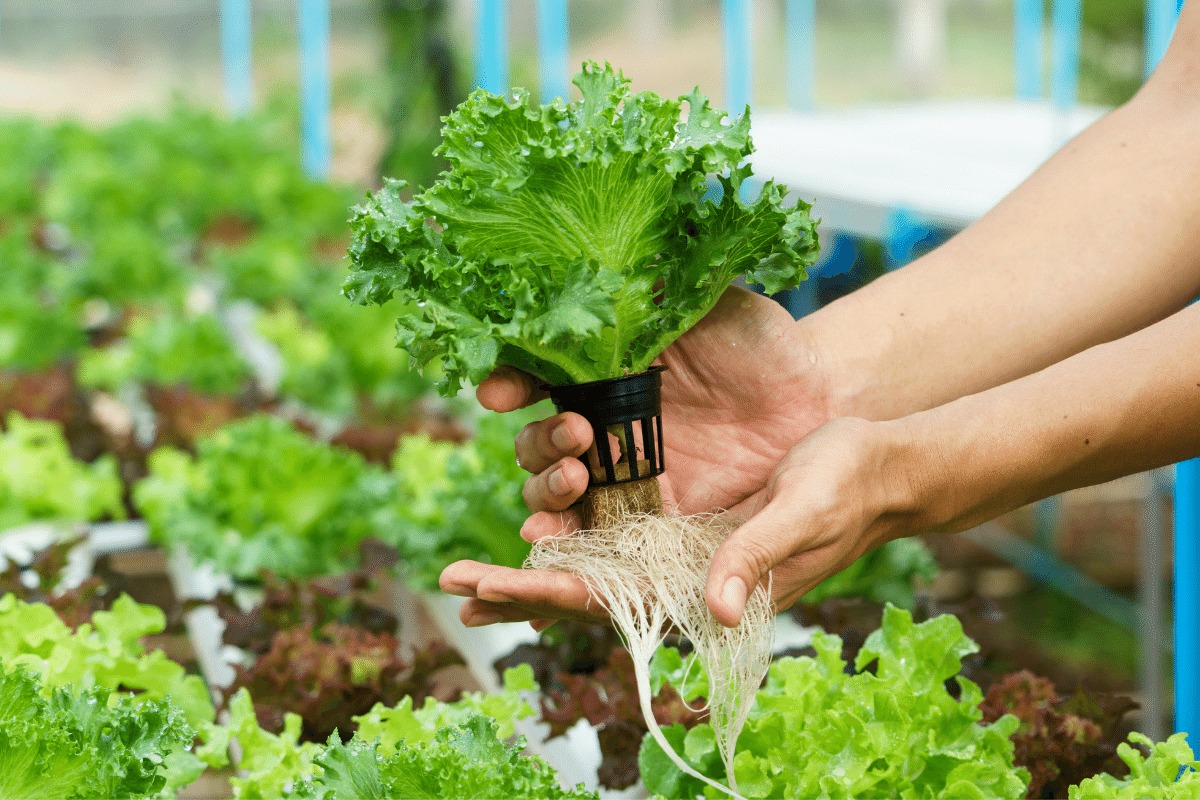Hydroponics is an innovative method of growing plants without soil, using nutrient-rich water to deliver essential nutrients directly to the roots. This method has gained popularity due to its many advantages, such as water conservation, faster growth rates and reduced peril of pests and health issues. A fascinating aspect of hydroponics is that of aeroponic towers, which offer a unique and effective way to grow plants vertically. In this article we will discuss how to get started in hydroponics and plunge into the world of aeroponic towers.
Understanding the basics of hydroponics
Before diving into aeroponic towers, it is essential to understand the fundamentals of hydroponics. Here are some key points:

- Hydroponics uses a water-based solution to deliver nutrients directly to the plant roots.
- There are several types of hydroponic systems, including the nutrient film technique (NFT), deepwater
- Hydroponic systems can be used to grow a variety of plants, including vegetables, herbs, and ornamental plants.
What are aeroponic towers?
Aeroponic towers are vertical hydroponic systems that suspend plant roots in a nutrient-rich mist instead of immersing them in water. This method provides the plants with enough oxygen, promoting rapid growth and high yields. Some advantages of aeroponic towers include:
- Space Efficiency: The vertical design maximizes the use of the available space, making it suitable for urban environments and small gardens.
- Water conservation: Aeroponic systems use less water than traditional soil-based gardens and other hydroponic systems.
- Faster Growth rates: The abundance of oxygen and nutrients leads to faster growth and higher yields.
- Ease of maintenance: Aeroponic towers are relatively easy to maintain, as they do not require a growing medium and have fewer problems with pests and health issues.
Steps to get started with Hydroponics and Aeroponic Towers
- Research: Learn about the different types of hydroponic systems and determine which one best suits your needs and the available space. Aeroponic towers are an excellent choice for those looking to maximize vertical space and benefit from fast growth rates.
- Choose your plants: Select plants suitable for hydroponics and compatible with the aeroponic system. Some popular choices include leafy greens, herbs, and small-fruited vegetables.
- Acquire or build an aeroponic tower: You can buy a pre-built aeroponic tower system or build your own DIY version. Prefabricated systems are usually more user-friendly and equipped with support and resources, while DIY systems offer more customization and can be more cost-effective.

- Configure your system: Assemble and install your aeroponic tower according to the manufacturer’s instructions or your own DIY plan. Make sure that the system is located in an area with access to natural light, water and electricity.
Prepare a nutrient solution: Mix a hydroponic nutrient solution specially formulated for aeroponic systems and follow the recommended guidelines for nutrient concentration and pH level. - Transplant or start the seeds: Transplant the seedlings or start the seeds in the aeroponic tower, making sure that the roots are properly exposed to the nutrient mist. Some systems may require the use of specialized mesh pots or foam inserts to hold the plants in place.
- Monitor and maintain the system: Regularly check the pH and nutrient levels of the nutrient solution, adjusting if necessary to maintain optimal plant growth. Make sure that the misting system is working properly and that the systems are receiving adequate light and air circulation.
Select the right aeroponic tower system
With the different aeroponic tower systems available on the market, it is crucial to choose one that suits your specific needs and preferences. Here are some factors to consider when selecting an aeroponic tower system:
- Size and Capacity: Consider the number of plants you want to grow and the available space in your garden or home. Aeroponic towers are available in different sizes and capacities to meet different needs.
- Ease of use: If you are new to hydroponics or aeroponics, look for a user-friendly system
- Material and Construction: Choose a system made of durable and high-quality materials that can withstand the humid environment of an aeroponic tower.
- Extensibility: Some aeroponic tower systems can be extended with additional modules, allowing you to increase the growth capacity as your garden grows or as your aeroponic experience develops.

Conclusion
Getting into hydroponics and aeroponic towers can open up a world of possibilities for urban gardeners and those looking to maximize space while enjoying the many advantages of soilless growing methods. By carefully selecting the right aeroponic tower system, incorporating technology and following the best practices in plant care and maintenance, you can experience the joy of harvesting fresh, homemade produce in your vertical garden. Take up the challenge and embark on your hydroponic journey, contributing to a sustainable, greener and healthier urban environment. If you are looking for the most reliable suppliers (because high-quality supplies cannot be ignored!), you can find some of the best here!




